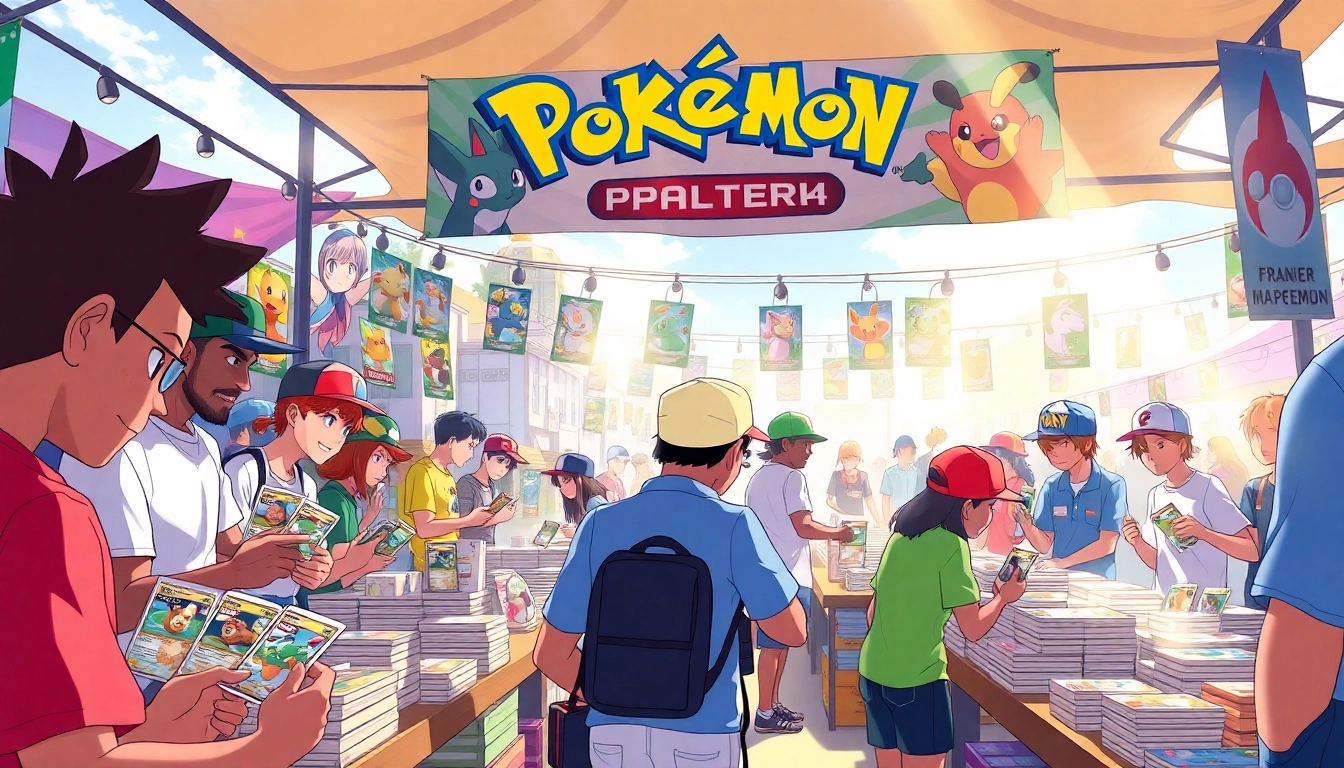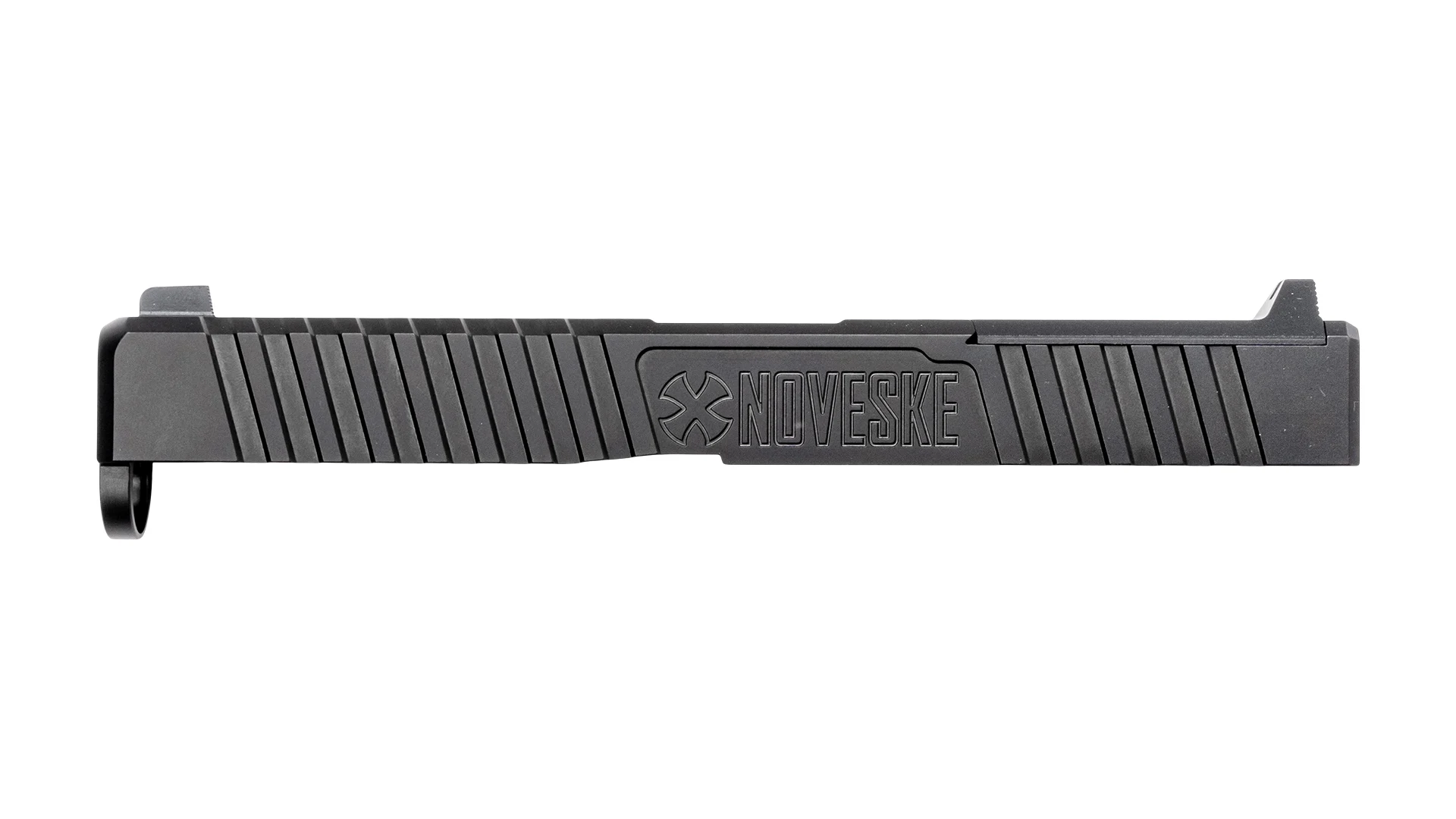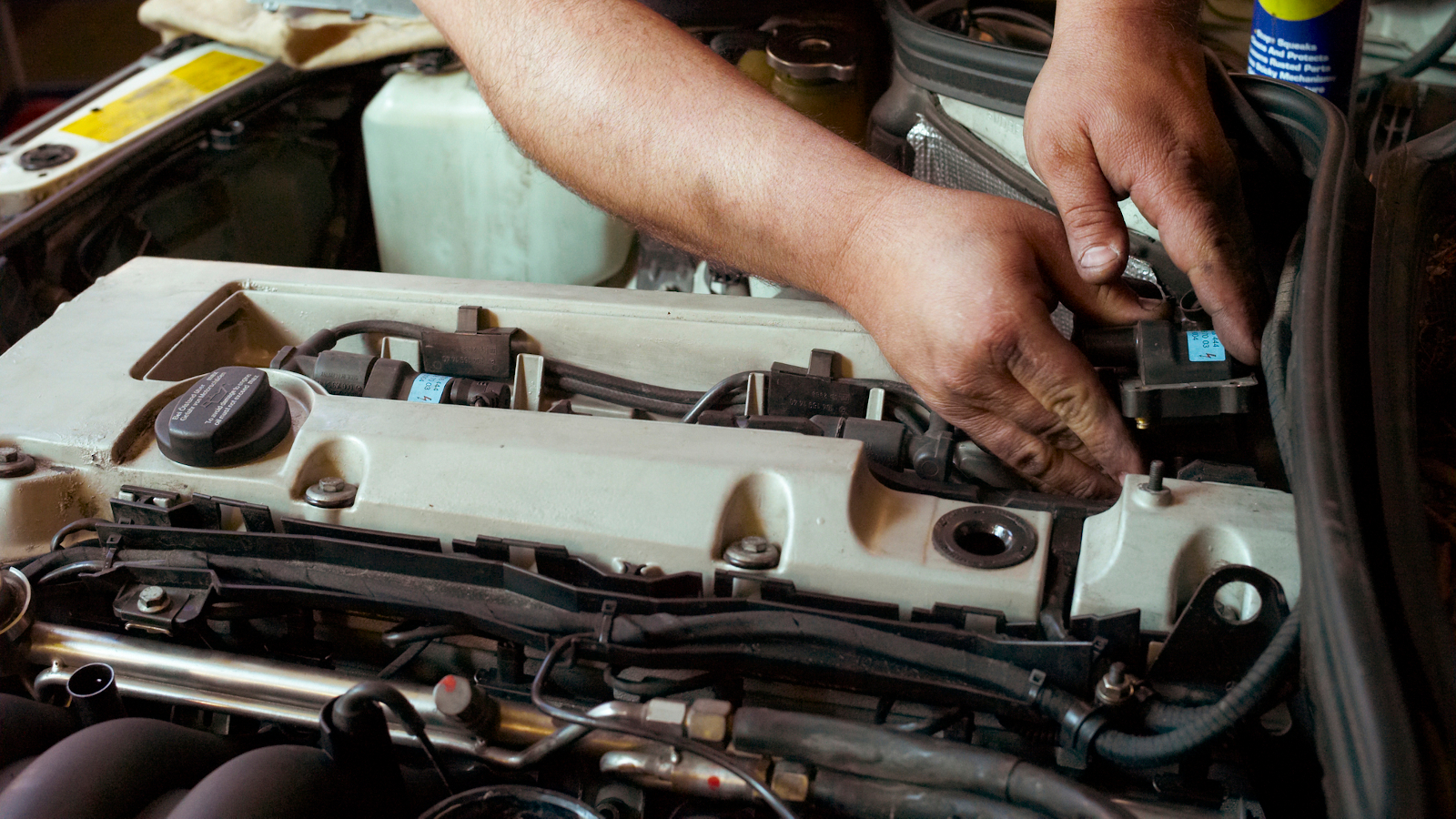Understanding Real Pokémon Cards
The world of Pokémon cards has captivated millions since its inception in the 1990s. With numerous expansions, unique designs, and various gameplay strategies, Pokémon cards continue to hold a significant place within both the gaming community and among collectors. In this guide, we will explore what defines real Pokémon cards, how to differentiate them from counterfeits, their market value, and essential tips for building a satisfying collection.
What Makes a Pokémon Card Real?
At first glance, distinguishing a real Pokémon card from a counterfeit version can be challenging, especially for newcomers. Authentic Pokémon cards are printed using high-quality materials, featuring a specific texture and vibrant colors. The printing process used ensures that cards have a good weight and a consistent finish. Here are some characteristics of real Pokémon cards:
- Material: Genuine Pokémon cards are made from a special type of cardstock that gives them a unique feel—neither too flimsy nor overly stiff.
- Printing Quality: The print quality is sharp, with colors that reach the right saturation. Any discoloration or misalignment could be a sign of a counterfeit card.
- The Blue Core: If you look at the edge of a real Pokémon card, you’ll see a blue core that can be identified when light hits it. This feature is a hallmark of authentic cards.
Importance of Authenticity in Collecting
When building a Pokémon card collection, the authenticity of cards is crucial for several reasons. First, real cards retain their value over time, especially if they’re well-preserved and in good condition. Second, the excitement of trading and battling relies on the integrity of the cards; using counterfeit cards detracts from the joy and challenge these games provide. Lastly, an authentic collection can lead to a sense of community and connection among enthusiasts, which counterfeit cards cannot provide.
Differences Between Real and Fake Pokémon Cards
Understanding how to spot the differences between real and fake Pokémon cards is essential for any collector. Here are some noticeable distinctions:
- Weight & Feel: Fake cards often feel lighter and may bend more easily due to lower quality materials.
- Color Variations: Counterfeit cards frequently have off-color shades or washed-out images. Original Pokémon cards maintain a specific color palette.
- Text Quality: The font or text on authentic cards is consistent and clear. In contrast, fakes may have spelling errors or improper font alignment.
Where to Buy Real Pokémon Cards
With an understanding of what makes a Pokémon card real, the next step is knowing where to find them. As the market for Pokémon cards grows, so do the opportunities for both physical and online purchases. Here are some reliable places to buy real Pokémon cards:
Best Online Retailers
Many retailers now specialize in selling Pokémon cards, offering an extensive range of products. Some of the best and most reputable online sources include:
- Pokémon Center: The official Pokémon website offers a variety of products, including booster packs and individual cards.
- Cardmarket: A popular platform in Europe for buying and selling Pokémon cards, ensuring that users can find both new sets and singles efficiently.
- TCGPlayer: This site allows users to purchase from different sellers and provides price tracking for various cards, helping collectors avoid spending too much.
Local Game Stores You Can Trust
Finding a trustworthy local game store is an excellent option for purchasing Pokémon cards. Support your local community while developing relationships with the staff and other collectors. These stores often host Pokémon events, tournaments, or trading nights, which can help you complete your collection or learn more about the game.
Price Comparison Strategies
Pricing can greatly vary depending on the seller, the condition of the card, and its rarity. When shopping for real Pokémon cards, consider employing these strategies:
- Research Market Trends: Understanding the market value of specific cards can help you spot good deals. Websites like TCGPlayer provide invaluable price lists and market trends for various cards.
- Join Collecting Communities: Engaging with others in forums or on social media platforms can keep you informed about fair pricing. You may come across exclusive deals or promotions as well.
- Seasonal Sales: Keep an eye out for special sales events, such as Black Friday or holiday promotions, when retailers may offer discounts on Pokémon products.
Tips for Spotting Fake Pokémon Cards
Identifying counterfeit Pokémon cards can safeguard your collection and finances. Below are some key methods to help you discern between real and fake cards:
Common Signs of Counterfeits
There are several indicators that can help you quickly identify a fake card:
- Light Test: Hold the card up to a bright light; a genuine Pokémon card will allow a small amount of light to pass through, displaying the blue core. If the light doesn’t pass or shows through too easily, it may be a counterfeit.
- Bending Test: If the card bends easily and doesn’t snap back, it’s likely fake. Real cards should return to shape quickly upon being bent slightly.
- Corner Rounding: Original cards have rounded corners that should feel smooth; counterfeits may have sharp or uneven corners.
Advanced Verification Techniques
For serious collectors, employing advanced techniques can enhance your verification process:
- Magnifying Glass: Use a magnifying glass to check for the printing dots and layer structure on the card. Authentic cards exhibit a unique dot pattern while counterfeits often look uniform and can appear to be printed as a solid color.
- Black Light Test: Real Pokémon cards possess specific inks that glow under ultraviolet light. If a card does not exhibit this glow, it may not be genuine.
Resources for Card Authentication
Several online resources can help you verify the authenticity of your cards. Communities on platforms like Reddit or dedicated Pokémon forums often share their insights and experiences with spotting fakes. Websites that specialize in Pokémon card authentication may also be invaluable for collectors wanting formal verification.
The Value of Real Pokémon Cards
Understanding the value of Pokémon cards is crucial for collectors looking to buy or sell. The value of a card can be influenced by several factors:
Understanding Market Trends
The Pokémon card market can fluctuate dramatically. Keeping up with these trends can help you make informed decisions about when to buy or sell. Various factors contribute to these trends, including:
- Popularity: Cards tied to popular Pokémon or types tend to maintain higher values, particularly during or after a new release.
- Rarity: Limited edition cards, cards from older sets, or those with unique features (e.g., holographic effects) often command higher prices.
- Condition: The condition of a card plays a significant role in its market value. Cards graded by professional services tend to sell for much higher than those that are not.
Evaluating Card Condition and Rarity
Several grading systems exist for evaluating card condition, commonly using scales from 1 to 10. Here’s a brief overview:
- Mint Condition: A card with no visible imperfections.
- Near Mint: A card with only slight imperfections observable under close scrutiny.
- Played: Cards that exhibit some signs of wear, like minor scratches or blemishes.
Selling Your Real Pokémon Cards: What to Know
When it comes time to sell your cards, understanding how to do so effectively can maximize your profits. Here are key insights:
- Select the Right Platform: Depending on the rarity and demand for your card, various platforms may suit your needs best, from auction sites to collector’s marketplaces.
- Market Timing: Timing your sale can significantly impact your profits. Selling when demand is high or right after new releases might yield better results.
- Transparency: Be upfront about the card’s condition, including providing clear images. Buyers appreciate honesty and are more likely to trust your listing.
Building Your Real Pokémon Card Collection
Collecting Pokémon cards can be a rewarding hobby that allows you to engage with a vibrant community while challenging your skills. Here are some key strategies to consider while building your collection:
Essential Cards Every Collector Needs
While personal preference plays a role in collection building, certain cards hold significant historical or functional significance in the game. Here are some essential cards to consider adding:
- Charizard Cards: Often a favorite among collectors, certain Charizard cards have proven to be exceptionally valuable.
- Pokémon from Popular Sets: Cards from sets associated with popular Pokémon types or characters consistently attract interest.
- Rare Holo Cards: Holo and reverse holo cards are not only aesthetically pleasing but also tend to hold higher market value.
How to Care for Your Cards
Proper maintenance of your Pokémon cards is essential to retaining their value. Here are best practices to consider:
- Storage: Use ultra pro sleeves or binders specifically designed for Pokémon cards to prevent bending and exposure to dust.
- Avoid Heat and Humidity: Store your cards in a cool, dry location to maintain their condition over time.
- Regular Checks: Periodically inspect your cards for signs of wear or damage to catch any potential issues early.
Joining the Community: Events and Groups
Building a collection becomes even more rewarding when shared with others. Joining community events, local meet-ups, or online forums can lead to exciting networking opportunities. Engaging with fellow collectors allows you to learn about new releases, trade cards, and share valuable insights.



